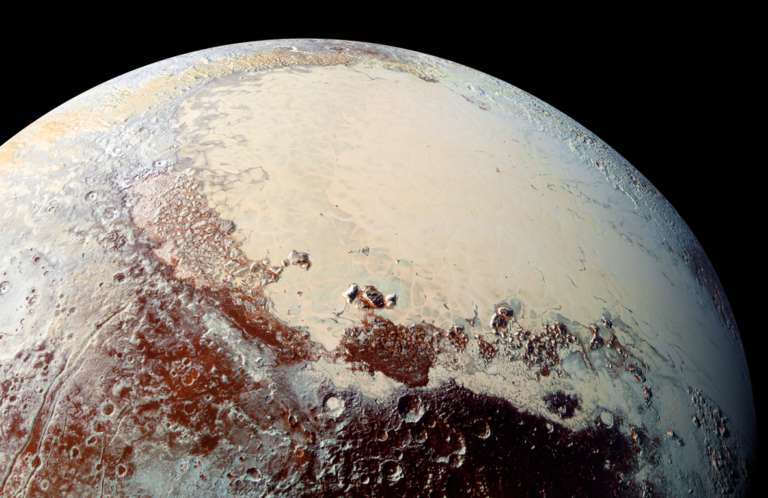Planetary Radio • Oct 20, 2015
Pluto Amazes!
On This Episode

Hal Weaver
New Horizons Project Scientist for Johns Hopkins University Applied Physics Lab
Hal Weaver is a very happy Project Scientist. His New Horizons spacecraft has shocked his fellow researchers with magnificent images and data. He shares the excitement this week. Emily Lakdawalla has the brand new flyby images of Saturn’s icy moon Enceladus. Bill Nye looks forward to giving Neil deGrasse Tyson a major award. Bruce Betts knows what’s up in the night sky, and you will, too. Enter the What’s Up space trivia contest to win Bill Nye’s personalized greeting on your voicemail.

Related Links:
- The New Horizons Mission
- Hal Weaver’s JHUAPL Website
- Neil deGrasse Tyson to Receive Cosmos Award
- Filling in the Enceladus Map
- Humans Orbiting Mars Q&A With Casey Dreier and Jason Callahan
This week's prizes are a lovely Planetary Radio t-shirt and a Planetary Society rubber asteroid of your very own!
This week's question:
As of 1980 AND 2015, how many asteroids had been explored by spacecraft either by flyby or orbiter? Here’s a hint: There were zero in 1980.
To submit your answer:
Complete the contest entry form at http://planetary.org/radiocontest or write to us at [email protected] no later than Tuesday, October 27th at 8am Pacific Time. Be sure to include your name and mailing address.
Last week's question:
As of 1980 AND 2015, how many worlds had either been soft-landed on or had successful atmospheric probes? No touch-and-go or fly-through sample return missions.
Answer:
The answer will be revealed next week.
Question from the week before:
As of 1980, how many planets had been orbited? And how many have been orbited by 2015?
Answer:
Three planets had been orbited in 1980. In 2015 there have been six.


 Explore Worlds
Explore Worlds Find Life
Find Life Defend Earth
Defend Earth

